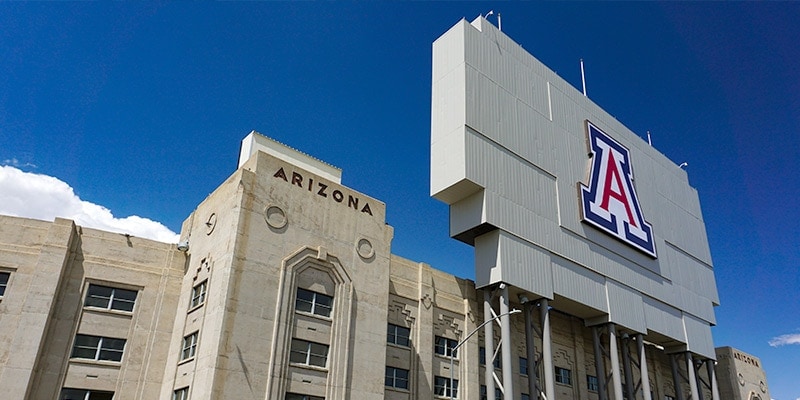At Ascension, our mission is to foster inclusivity through accessibility in the built environment. To further our goal, we recently partnered with the University of Arizona’s College of Architecture, Planning and Landscape Architecture (CAPLA) to help support the next generation of architects build more accessible structures.
We spoke with Teresa Rosano, assistant professor at CAPLA and co-founder of Tucson-based Ibarra Rosano Design Architects, about the future of accessibility in architectural design and what she hopes to instill about inclusivity in her students.

Ascension: What drove you to become an architect?
Teresa Rosano: As a child I was always drawing and making things. My mother is an art teacher and wood & ceramic artist; my father, a metal sculpture & mosaic artist and pneumatic control contractor by trade. As a toddler I watched my father build our adobe home from earth from the site. It was probably a natural combination of all those influences.
ASC: In your professional opinion, why is accessibility in architecture important?
T.R.: Accessibility is prerequisite to inclusivity. We are becoming more aware of the importance of Diversity, Equity, and Inclusion – but in those conversations we often forgot to consider ableist biases in ourselves and in our environments.
ASC: What do you foresee as the future of accessible design in the built environment, and what do you hope to instill in your students about accessibility?
T.R.: We deliberately selected the site for its steepness, in a town (Bisbee, Arizona) known for its topographical variation and limited accessibility in many areas. The project requires students to reconcile the paired challenge of extreme topography and Universal Design in creative ways. Their second semester project site in Mt. Lemmon (Arizona) will pair those challenges again in a more rural environment.
ASC: Ibarra Rosano Design Architects is highly lauded for its design concepts and approach. One description of the company on archello.com states the firm believes that a truly lasting architecture is “…informed by the past, responsive to the present and aware of the future.” I think that’s a beautiful philosophy. As a professional architect and owner of Ibarra Rosano Design Architects, will you comment on your approach to a project and how accessibility fits into that approach?
T.R.: With many residential clients in which aging-in-place is a primary consideration, they anticipate the possibility of reduced mobility later in life – potentially needing assistance with a cane, walker, or wheelchair. Other disabilities, like reduced sight or hearing loss, are considered less frequently. Interestingly, the same clientele who prepare to retire and age-in-place often also seek to down-size (preferring less square footage to maintain, heat, air-condition, and so on). However, making spaces accessible generally requires them to be larger – so it is a balancing act to achieve both goals.
This fall semester, Rosano is teaching ARC 301 Design Studio III: Integrations of Place, along with her co-instructors Eduardo Guerrero, Bill Mackey, and Siri Trumble.
To learn more about the University of Arizona CAPLA program, visit the college’s website. You can discover more about Rosano and Ibarra Rosano Design Architects at ibarrarosano.com. For those interested in learning more about Universal Design and its influence on daily life, universaldesign.ie is a wonderful resource. If you have need for a wheelchair lift to aid accessibility in your life, visit www.ascension-lift.com for more information about Ascension wheelchair lifts and what the company is doing to promote accessibility.



